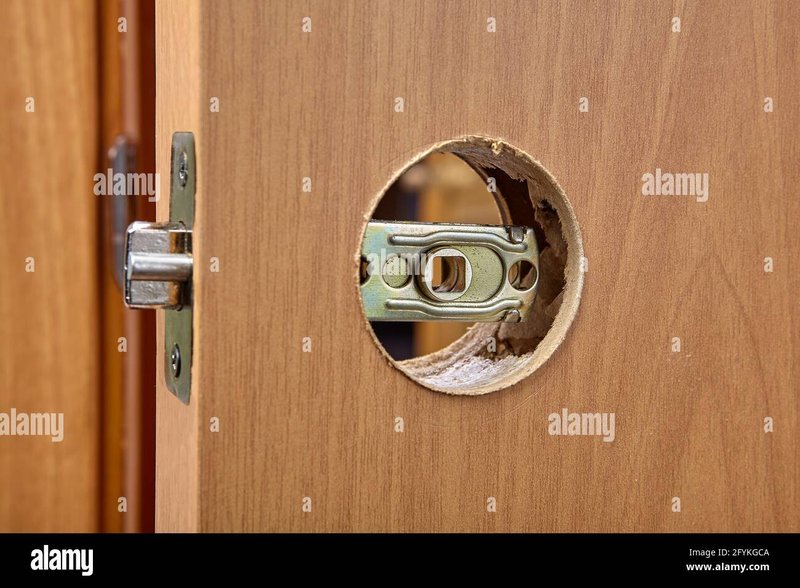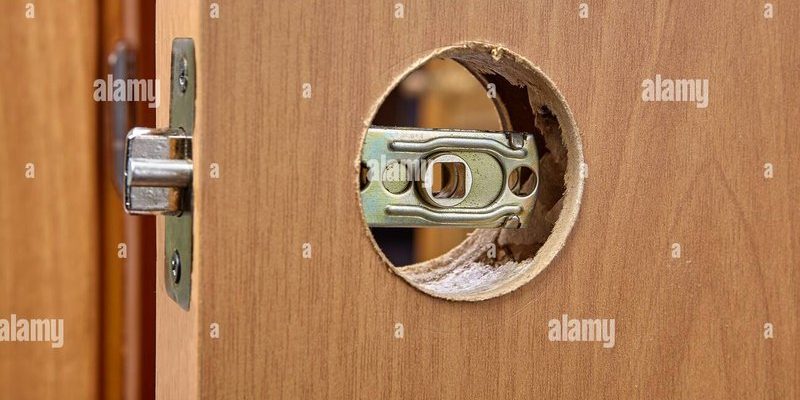
A door latch, whether it’s on a wooden, metal, or even a sliding door, is essential for security and privacy. If you’ve ever struggled with a stubborn latch or been locked out due to a faulty mechanism, you know how important this little device can be. Let’s explore the best ways to test your door latch after a repair, ensuring it meets your needs and stands the test of time.
Understanding How a Door Latch Works
Before diving into testing methods, let’s break down what a door latch does. Imagine it as the handshake between two friends—it connects and secures them. A door latch mechanism typically consists of a latch bolt and a strike plate. When you turn the handle or knob, it retracts the bolt, allowing you to open the door. This simple action plays a vital role in keeping your home safe and sound.
Different types of door latches, like deadbolts or spring-loaded latches, operate in various ways. For instance, a deadbolt requires a key or a thumb turn to lock and unlock it, providing added security. On the other hand, a spring latch uses a spring mechanism to automatically secure the door when it’s closed. Understanding these mechanisms is crucial because it directly impacts how you go about testing them.
Visual Inspection: The First Step
Now that you understand the components, let’s start with the most straightforward way to test a door latch mechanism—visual inspection. Grab a flashlight and examine the latch closely. Look for any signs of physical damage, such as cracks, rust, or misalignment. A damaged latch might be a clear indicator that something’s off.
You’ll also want to check the screws fastening the latch. If any are loose, it’s a small fix that can save you big headaches later. Make sure everything is securely in place; loose parts can lead to malfunctioning. Lastly, while you’re inspecting, give the latch a quick cleaning to remove dust or debris that might hinder its performance.
Testing the Latch Mechanism: Manual Checking
With a visual inspection done, it’s time for some hands-on testing. Start by simply *manually engaging* the latch. Turn the knob or lever as you would when locking or unlocking the door. Does it move smoothly? You shouldn’t feel any resistance or grinding. If the latch feels rough or gets stuck, there might still be an underlying issue that needs addressing.
Another important aspect is the alignment of the latch to the strike plate. Close the door gently and see if the latch engages properly. If it doesn’t line up well, you may need to adjust the door hinges or reposition the strike plate. A properly aligned latch not only works better but also enhances security.
Locking and Unlocking Sequence
A crucial part of testing a door latch mechanism is ensuring the locking and unlocking sequence is smooth. Start by locking the door and then unlocking it. This action should be effortless and consistent. If you notice any hiccups—like the latch sticking or a delay in disengagement—take a moment to troubleshoot.
Sometimes, simply applying a lubricant to the locking mechanism can help resolve these issues. Use a silicone-based spray or a graphite lubricant, as these won’t attract dirt like oil-based products might. A little goes a long way, so don’t overdo it. After applying, repeat the locking and unlocking sequence to see if there’s an improvement.
Test Under Different Conditions
You might not think about it, but testing your latch mechanism under various conditions is crucial. For instance, try operating the latch in different temperatures. Wood can expand and contract, impacting how the latch fits into the door frame. If you live in a particularly humid or dry area, pay attention to how the latch behaves after prolonged exposure to weather conditions.
Additionally, test the latch with the door fully open and closed. Sometimes, a latch might work perfectly when the door is ajar but fail to engage when the door is shut. This discrepancy can highlight alignment issues that might need correction.
Consider a Functional Test with Weight
To truly ensure your door latch mechanism is up to the task, consider a functional test with weight. This means applying gentle pressure to the door while the latch is engaged. Push or pull the door as if someone is trying to open it from the outside. The latch should hold firm without slipping or moving. If it budges, you might want to rethink your latch choice or see if it needs adjusting.
This test reflects real-world use. So, imagine you’re in a situation where someone is trying to gain entry, or you have kids who might inadvertently push on the door. The latch must respond to the pressure effectively, maintaining security.
Final Thoughts: Ensuring Longevity
After thoroughly testing your repaired door latch mechanism, make a note of any issues you encountered. Documenting these will help you address them promptly and keep your latch functioning optimally. Regular maintenance, like lubrication and checking for alignment, can extend the life of your latch.
Remember, a secure door is a vital element of your home’s safety. Don’t rush through repairs or testing. Taking the time to ensure everything is in working order can save you from future headaches. So go ahead, give that door latch a proper test, and feel confident in your handiwork!
